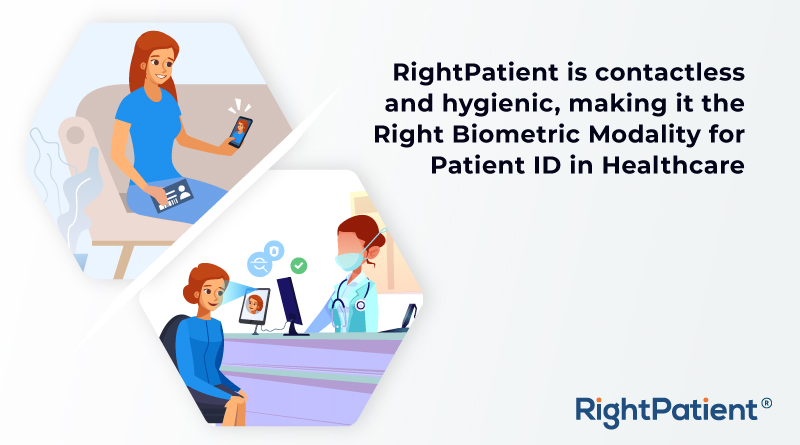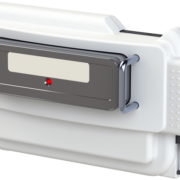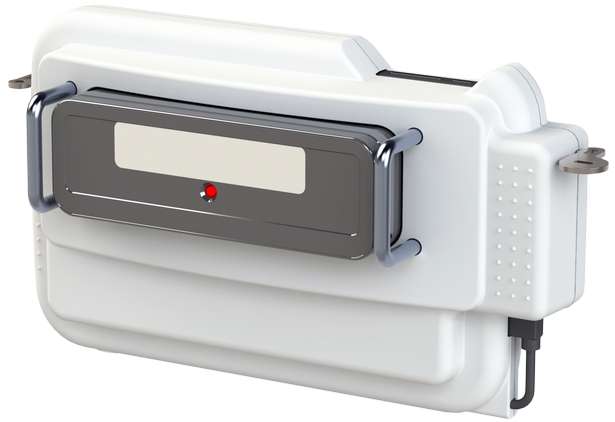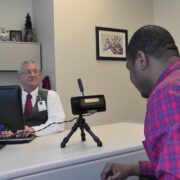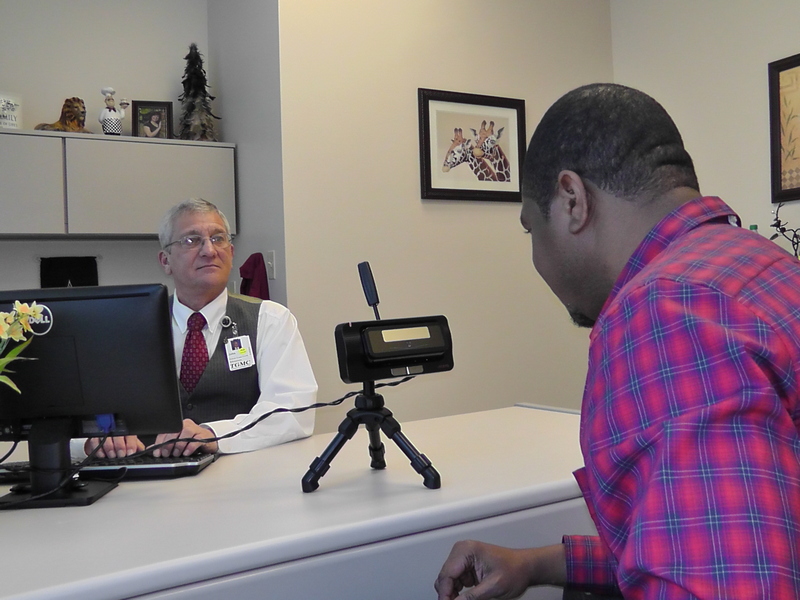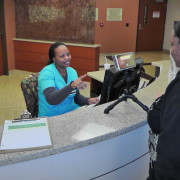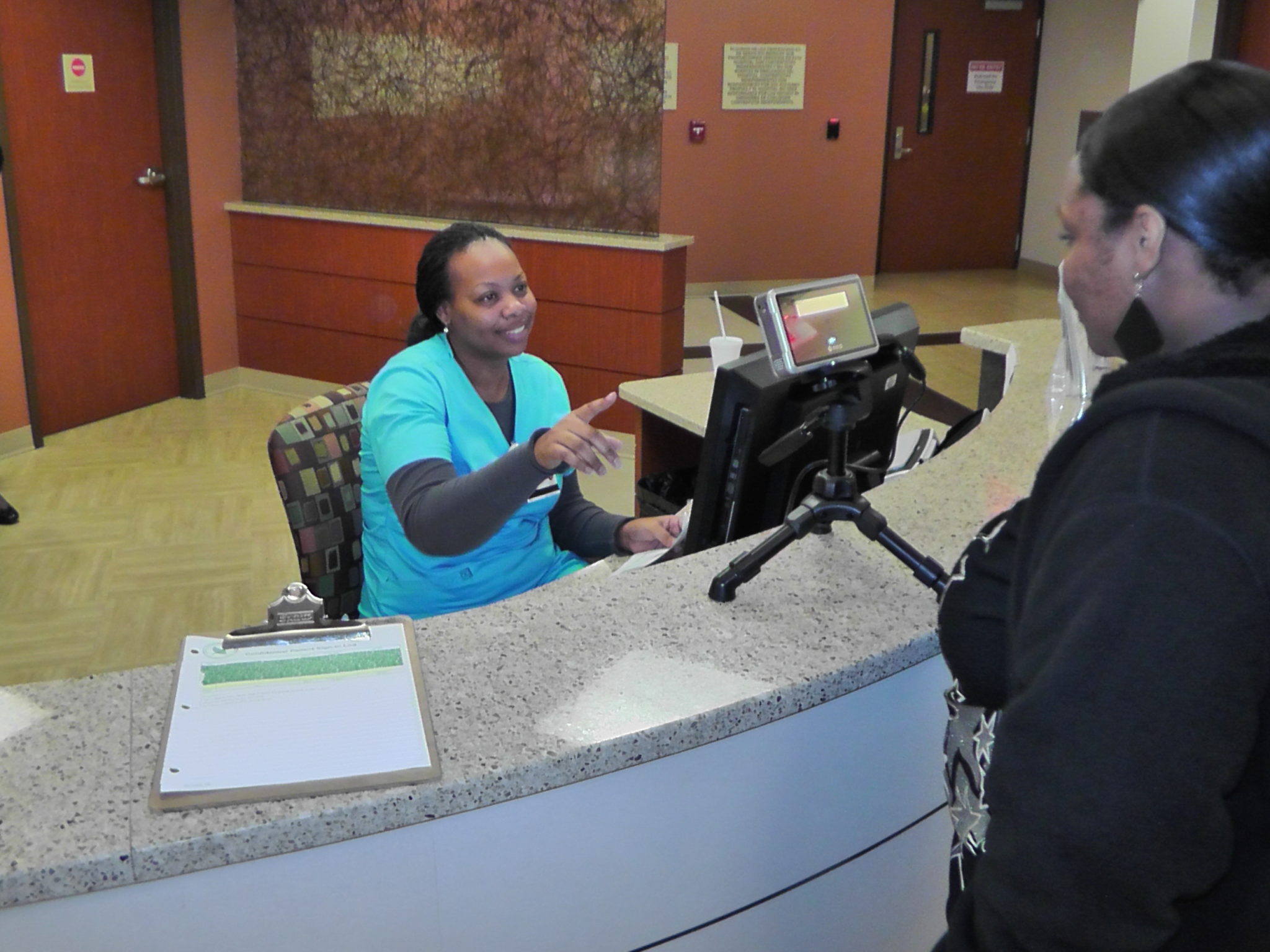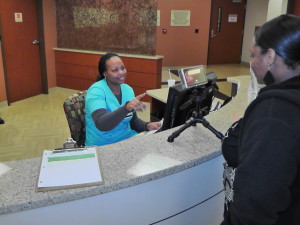Enhancing Hygiene and Efficiency in Healthcare with Iris Recognition Technology

As the world continues to grapple with the ongoing COVID-19 pandemic, maintaining a sterile environment in healthcare settings has become more crucial than ever. Now, more than any other time, the spotlight is on the choice of biometric hardware and its direct impact on hygiene standards in these settings. In this light, iris recognition technology is rapidly carving a niche for itself as a preferred choice in healthcare facilities. Its non-contact nature minimizes the spread of pathogens, fostering a safer environment for patient care.
Introducing RightPatient®, a groundbreaking biometric patient identification solution that leverages the power of iris recognition technology. Unlike traditional biometric hardware systems that require physical contact, RightPatient® is entirely contactless. This feature is not only instrumental in minimizing the potential for transmission of pathogens but also guarantees a safer and cleaner patient environment.
Why is hygiene such a critical factor in the adoption of iris recognition technology in healthcare? The answer is simple but profound. The non-contact nature of iris recognition technology allows healthcare providers to maintain a sterile environment while simultaneously enhancing efficiency in patient identification. Therefore, RightPatient®, with its touchless attribute, emerges as an intelligent choice for healthcare providers looking to streamline their workflow without compromising patient safety.
Need evidence? Consider the positive outcomes stemming from RightPatient’s implementation at eight hospitals in Charlotte and Winston-Salem, including Martin Health in Stuart, Florida. Thanks to its non-contact feature, RightPatient® has remarkably optimized patient registration and significantly improved identification accuracy. This has resulted in over 99% patient acceptance and enrollment. These improvements have not only saved invaluable time but also minimized potential contamination risks, fostering an efficient and hygienic care environment.
But RightPatient® doesn’t stop at improving hygiene in healthcare settings. It extends its reach to significantly reducing fraud and medical ID theft, averting medication errors, and eliminating duplicate patient records. Moreover, with its capability to identify patients bedside using any Windows-based tablet or smartphone, medical staff can now provide safer and more efficient care.
In essence, the significance of hygiene in choosing biometric hardware for patient identification cannot be overstated. As healthcare providers continually prioritize patient safety, the adoption of non-contact solutions like RightPatient® will only continue to grow. RightPatient® not only streamlines your workflow, but it also communicates to your stakeholders that patient health and safety are your topmost priorities.
To learn more about RightPatient® and its touchless biometric patient identification solution, visit our website or contact us directly. Experience the benefits of a solution that not only improves your workflow but also underscores your commitment to hygiene and patient safety. With RightPatient®, hygiene and patient safety are not just words; they are an intrinsic part of your healthcare delivery system.
How to Implement RightPatient® in Your Healthcare Facility
- Understand the Benefits:
First, familiarize yourself with the benefits of RightPatient®. Learn how its iris recognition technology can enhance hygiene and efficiency in your healthcare facility. - Plan Your Implementation:
Next, plan your implementation strategy. Understand why biometric patient identification implementation should be a priority in your healthcare facility. - Train Your Staff:
Train your staff on how to use RightPatient®. Show them how it can be used to authenticate patients bedside using any Windows-based tablet or smartphone.
Frequently Asked Questions
- What is RightPatient®?
RightPatient® is a touchless biometric patient identification solution that uses iris recognition technology. It is designed to maintain a sterile environment in healthcare settings by eliminating the need for physical contact during patient identification. - Why is RightPatient® considered a preferred choice in healthcare facilities?
RightPatient® is preferred due to its non-contact nature, which minimizes the spread of pathogens and ensures a safer environment for patient care. It also streamlines the patient identification process, making it more efficient. - What are the benefits of using RightPatient®?
RightPatient® not only reduces the potential for transmission of pathogens but also improves efficiency in patient identification. It has been proven to increase patient acceptance and enrollment, reduce fraud and medical ID theft, avert medication errors, and eliminate duplicate patient records. - Can RightPatient® be used on mobile devices?
Yes, RightPatient® can identify patients bedside using any Windows-based tablet or smartphone, allowing medical staff to provide safer and more efficient care.








 Michael Trader is President and Co-Founder of RightPatient®. Michael is responsible for overseeing business development and marketing activities, government outreach, and for providing senior leadership on business and policy issues.
Michael Trader is President and Co-Founder of RightPatient®. Michael is responsible for overseeing business development and marketing activities, government outreach, and for providing senior leadership on business and policy issues.

